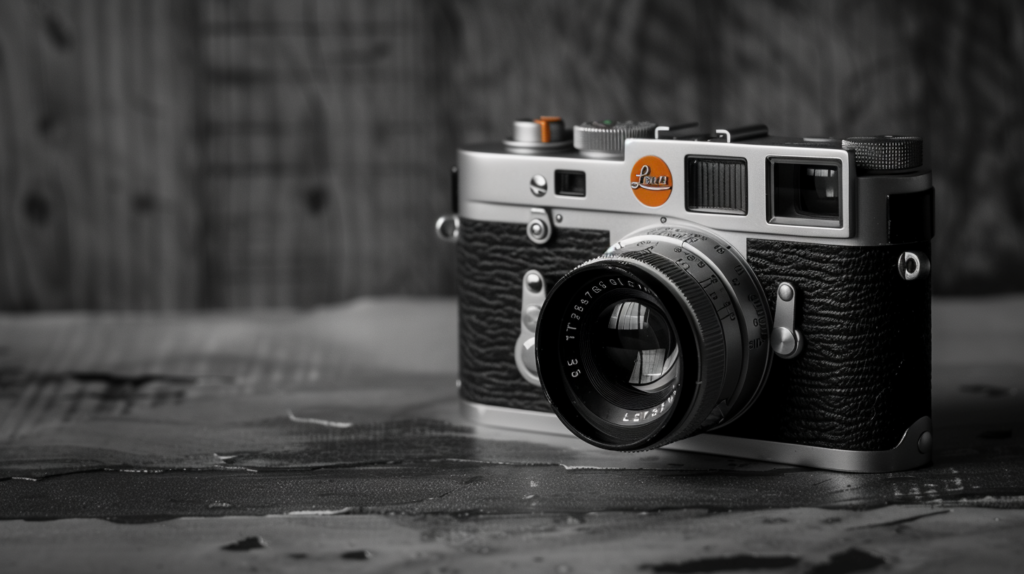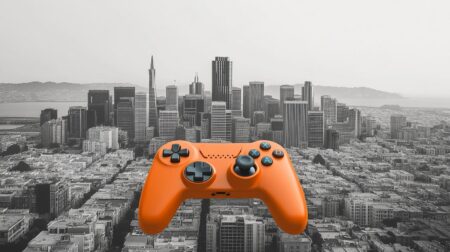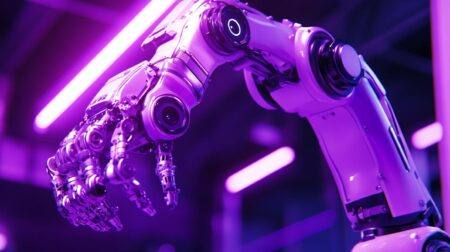Exploring the evolution of visual journalism from the early days of photography to the current era of AI-generated images, highlighting historical resistance, parallels, and ethical dilemmas faced by both technologies.
From Photographs to AI: Historical Resistance and Modern Skepticism in Visual Journalism
The Dawn of Photojournalism
When photography was first invented in the early 19th century, it revolutionised the way stories were told. The ability to capture a moment in time and present it visually was a powerful tool for journalists. However, this new medium was met with suspicion and resistance. Critics questioned the authenticity of photographs, concerned that they could be manipulated or staged. The belief was that written descriptions, which had long been the standard, were more reliable because they came directly from eyewitness accounts.
Moreover, the early photographic process was cumbersome and required significant time and skill. Daguerreotypes, one of the first photographic methods, needed long exposure times and were not easily reproducible, making them impractical for the fast-paced world of journalism. This technical limitation further fueled skepticism about the practicality and reliability of photographs in news reporting.
Overcoming Skepticism
Despite the initial resistance, photojournalism gradually gained acceptance. Pioneers like Mathew Brady and Alexander Gardner during the American Civil War demonstrated the power of photographs to convey the brutal realities of war, providing a visceral impact that words alone could not achieve. Publications began to see the value of incorporating photographs to enhance their stories and engage readers more deeply.
By the early 20th century, advancements in photographic technology, such as the invention of the portable camera and faster film, made it easier for journalists to capture and reproduce images quickly. This period, often referred to as the Golden Age of Photojournalism, saw photographers like Robert Capa and Henri Cartier-Bresson becoming household names, their images shaping public perception of major events around the world.
Modern Day AI Imaging
Today, we are witnessing a similar transformation with the advent of AI-generated images. These technologies, which can create hyper-realistic visuals from text descriptions or mimic the style of famous artists, are poised to revolutionise visual journalism. However, like early photography, AI imaging faces significant resistance.
Critics argue that AI-generated images can be used to spread misinformation and create fake news. The potential for deepfakes—videos or images altered or fabricated to mislead viewers—has raised alarms about the ethical implications of AI in journalism. There are concerns that these technologies could erode public trust in visual media, as the line between reality and fabrication becomes increasingly blurred.
Additionally, there is apprehension about the impact of AI on jobs within the creative industry. Just as photographers once feared that advancements in camera technology would make their skills obsolete, today’s artists and graphic designers worry that AI could replace their roles, reducing the need for human creativity and expertise.
Parallels and Lessons
The resistance to AI imaging mirrors the early skepticism toward photography in several ways:
-
Authenticity and Trust: Just as early photographs were scrutinised for their authenticity, AI-generated images are under the microscope for their potential to deceive. Ensuring the credibility of visual content remains a central concern.
-
Ethical Implications: Both technologies raise ethical questions. Early photojournalists had to navigate the ethics of staging scenes or manipulating images, while AI-generated content poses new dilemmas about consent and the potential for misuse.
-
Impact on Professions: Both advancements triggered fears about job displacement. However, history shows that rather than eliminating roles, new technologies often transform them, creating new opportunities and demands for different skills.
-
Technological Advancements: Over time, technological improvements addressed many of the initial concerns with photography, such as speed and reproducibility. Similarly, ongoing advancements in AI are likely to improve transparency and control, helping to mitigate current fears.
The resistance to AI-generated images in journalism is part of a long tradition of skepticism toward new technologies. By looking at the history of photojournalism, we can see that while new methods of visual storytelling often face initial resistance, they eventually become integral to the field as their benefits are recognised and ethical standards are developed. The lessons from the adoption of photography can guide us in navigating the challenges and opportunities presented by AI in journalism today, ensuring that we harness its potential while maintaining trust and ethical integrity.










